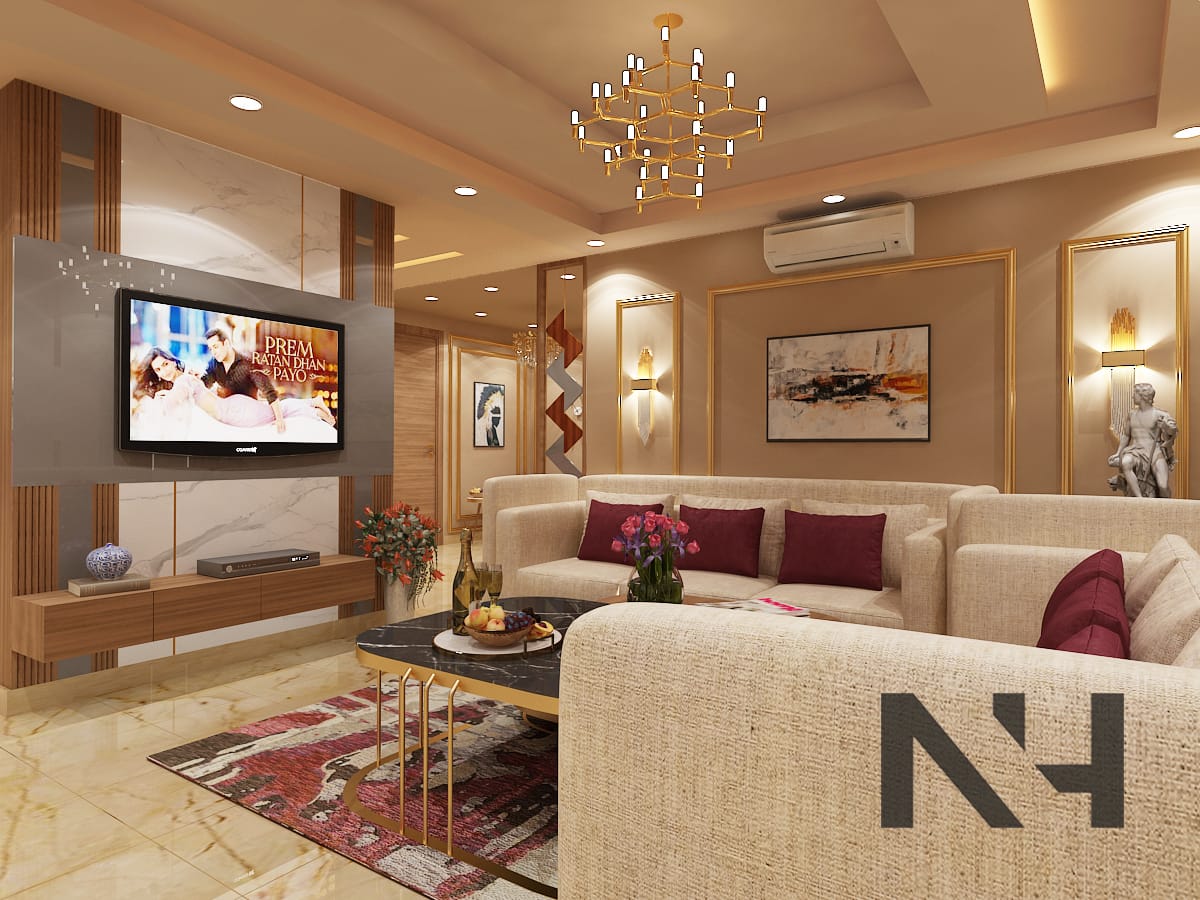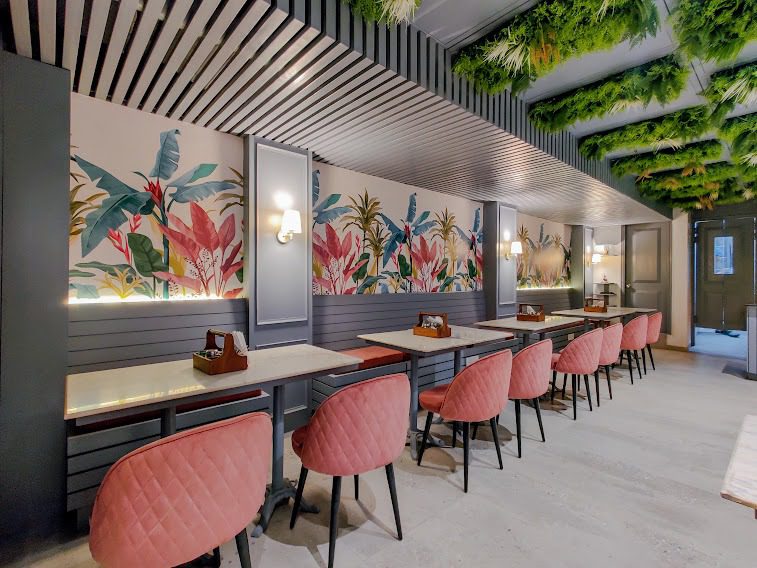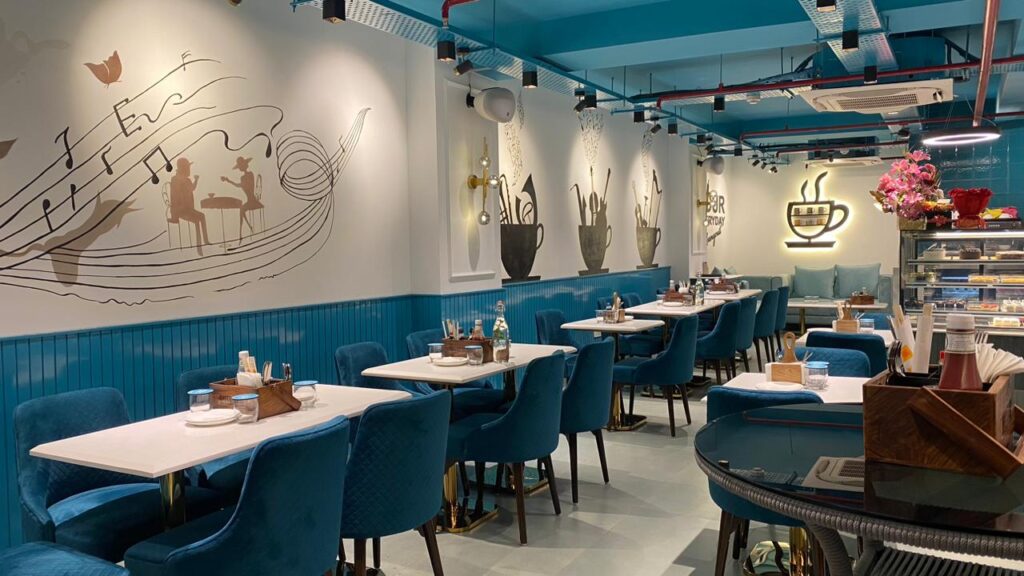
When should you plan an interior design project?
Interior design is a critical component in building a practical and visually beautiful home or workplace. It entails selecting colors, furniture, décor, and other items that contribute to the overall mood of a space or building with consideration. When it comes to interior design projects, though, time is essential. In this article, we’ll talk about the optimal time to plan an interior design project to get the most bang for your buck.
1. Prior to Construction
Before building begins, it is the best time to arrange an interior design project. If you are going to build a new house or renovate an existing one, it is critical to include an interior designer in the planning process. This allows them to collaborate with the architect to ensure that the room layout and window and door placement are optimised for your desired aesthetic and usefulness. This will also assist to avoid costly adjustments in the future.
2. Following Construction
If no substantial building work is planned, the optimal time to plan an interior design project is after the construction is completed. You’ll have a better concept of the size and arrangement of each area, and you’ll be able to collaborate with an interior designer to develop a coherent design that suits your style and needs.
3. Before Making a Move
Another excellent time to plan an interior design project is before moving into a new house or workplace. This allows you to start with a blank slate and build a design that expresses your particular taste while still meeting your utilitarian demands. It also saves you the trouble of shifting furniture and decorations that may not match the style of your new room.
4. When You Need a Refresh
If you want to update your present area, any time is a wonderful opportunity to plan an interior design project. This might be due to shifting fashions or just the desire for an update. You can explore different color schemes, furniture arrangements, and décor possibilities by collaborating with an interior designer.
Finally, the optimal time to plan an interior design project is dependent on your scenario. However, in general, it is best to prepare before, during, and after building, as well as before a relocation or when you want a refresh. You may create a room that not only looks amazing but also operates well and fits your needs by working with a professional interior designer.
Q- What factors should be considered while choosing flooring for various rooms?

Choosing the proper flooring for your house is an essential choice that may have a big influence on how your room looks and feels. With so many possibilities, deciding on the perfect flooring for each space may be difficult. Here are some things to think about while selecting flooring for various areas in your house.
1. Longevity
Different areas in your house see varying amounts of foot activity and wear & tear. The flooring in your kitchen or living room, for example, will most certainly see greater wear and tear than the flooring in your bedroom or guest room. Consider the durability of the flooring material you’re thinking about using in each room. Hardwood floors are a traditional and long-lasting choice for high-traffic areas, although carpeting may be better suited for low-traffic areas.
2. Style
The flooring you select should suit the overall design of your home as well as the décor of your workplace. A trendy and sleek flooring choice, such as shiny concrete, may seem out of place in a classic home or in your workplace, for example. A rustic hardwood floor, for example, may clash with a modern, minimalist home & your workplace.
3. Care and upkeep
Consider how much upkeep the flooring selection needs. Hardwood floors, for example, require frequent polishing and refinishing, whilst carpets may demand regular vacuuming and deep cleaning. Consider a low-maintenance flooring choice if you don’t have the time or money to maintain a certain flooring option.
4. Water Resistance
Moisture resistance is critical in spaces that have high humidity or moisture levels, such as restrooms or laundry rooms. Tile or vinyl flooring is an excellent choice for these places since it is both moisture-resistant and simple to maintain.
5. Convenience
Consider the underfoot comfort of the flooring, particularly in spaces where you spend a lot of a period of time like bedrooms or living rooms. Carpet and rugs provide a soft and comfy surface, but hardwood or tile might be more difficult on the feet.
6. Noise
Some flooring solutions can be loud, particularly in spaces with a lot of traffic or activity, like kitchens or playrooms. Consider carpeting or a sound-absorbing underlayment beneath a hard surface floor if noise is an issue.
7. Budget
Finally, while selecting flooring for your home or your workplace, keep your budget in mind. Some flooring alternatives, such as hardwood or real stone, are more expensive than others, such as laminate or vinyl. Remember that the cost of installation can vary based on the type of flooring you select.
Finally, When selecting flooring for your house, keep your budget in mind. Some flooring alternatives, such as hardwood or real stone, are more expensive than others, such as laminate or vinyl. Remember that the cost of installation can vary based on the type of flooring you select. Selecting the appropriate flooring for each area in your home or your work place necessitates careful consideration of issues such as longevity, style, upkeep, moisture resistance, comfort, noise, and affordability. Taking these things into consideration allows you to select the flooring that best meets your demands while also improving the overall look and feel of your house.
Q- How can I decorate a sideboard with artwork, plants, furniture, and lighting?

A sideboard is an important piece of furniture that may improve the look of any space. It has plenty of storage space and may be utilized to showcase ornamental goods such as photographs, plants, accessories, and lights. Here are some ideas for styling a sideboard to make it the focal point of your living room or dining room.
1. Begin with a blank slate: Before you begin arranging your sideboard, clear it of any clutter or things that do not match the look you want to achieve.
2. Add images: Adding framed photographs or artwork to your sideboard is a great way to add individuality. Choose items that suit the general design of the area and help to create a unified aesthetic. A variety of frame sizes and shapes may also be used to create a dynamic display.
3. Add plants: Plants are an excellent way to add foliage and texture to your sideboard. Select plants with unique forms and colors that compliment the rest of your design. You may also add visual interest by using a variety of pots or vases.
4. Add dimension: Add dimension to your sideboard with items such as flowers, bowls, and candles. To get a unified aesthetic, use pieces in complementary colors and textures. You may also add visual interest by using things of varied heights.
5. Include lighting: Lighting may assist establish the tone and draw attention to your sideboard display. To give your space a warm and inviting ambience, use table lights, floor lamps, and candles. String lights or LED strips can also be used to provide ambient lighting.
By following these guidelines, anyone can create an attractive and effective sideboard display that compliments the interior design. Remember to play around with different layouts and accessories to create the right appearance for your room.
Finally, the optimal time to develop a plan for interior design relies on your circumstances. But in general, it’s ideal to prepare before, during, and after building, as well as before a relocation or when you want to freshen up. Collaborating with a skilled interior designer may help you create a room that not just looks amazing but also operates effectively and fits your needs.
For best Interior designing company more information kindly contact us.

0 comments